Cannabis Contrails
Like many plants, cannabis has a long human-associated history.
BCE
2900 BCE: Chinese Emperor Fu Hsi made reference to Ma, the Chinese word for Cannabis, noting that cannabis was very popular medicine that possessed both yin and yang.
1200 BCE: cannabis pollen was found on the mummy of Ramesses II, who died in 1213 BC. Prescriptions for cannabis in ancient Egypt included treatment for the eyes (glaucoma), inflammation, and cooling the uterus, as well as administering enemas.
1000 BCE: many Indians, particularly during the spring festival of Holi prepared bhang, an edible preparation of cannabis. It’s use continues to the present time.
700 BCE: The Venidad (one of the volumes of the Zend-Avesta, the ancient Persian religious text) mentions bhang and lists cannabis as the most important of 10,000 medicinal plants and cannabis was found in a grave in China from a similar time.
600 BCE: the first major work to lay out the uses of cannabis in Indian medicine was the Ayurvedic, a system of Indian medicine. It cited cannabis as an anti-phlegmatic and a cure for leprosy.”
Cannabis Contrails
Western Cannabis
Early CE
70 CE: Pedanius Dioscorides, a Greek physician who was a Roman army doctor and traveled widely on campaigns throughout the Roman empire, studied many plants, gathering his knowledge into a book he titled De Materia Medica (On Medical Matters). Included in it was cannabis, both kannabis emerosand kannabis agria, the male and female respectively. Dioscorides stated that the plant which was used in the making of rope also produced a juice that was used to treat earache and suppress sexual longing.
North Ameria
In 1530s: one of the Spaniards led by Hernando Cortes set his forced indigenous laborers to planting Spanish hemp in the highlands around Mexico City.
1538: William Turner, the naturalist considered the first English botanist, pubished New Herball, In it, Turner praised hemp.
1611: the Jamestown (Virginia) settlers brought the marijuana plant, commonly known as hemp, to North America in 1611, and throughout the colonial period, hemp fiber was an important export.
During American colonial times, farmers grew cannabis for its hemp products like rope and textiles. The level of tetrahydrocannabinol (THC)–the psychoactive ingredient in another type of cannabis–in hemp is extremely low.
Robert Burton
1621: cannabis referenced in English Clergyman and Oxford scholar Robert Burton who suggested cannabis as a treatment for depression in his book The Anatomy of Melancholy.
1745 – 1775: George George Washington’s diary entries indicate that he grew hemp at Mount Vernon and acccording to his agricultural ledgers, he had an interest in cannabis’s medicinal use. Several of his diary entries indicate that he indeed was growing Cannabis with a high THC content.
Pipiltzintzintlis
1770s: in Mexico, Fr. Jose Ramirez learned that indigenous people not far from Mexico City were consuming preparations that they called pipiltzintzintlis, concoctions that gave them access to the spirit world.
Ramirez found that the pipiltzintzintlis was simply the leaves and seeds of Cannabis sativa, or European hemp.
Cannabis Contrails
19th Century
US Pharmacopeia
In the 19th century, marijuana emerged as a mainstream medicine in the West. Studies in the 1840s by a French doctor Jacques-Joseph Moreau found that marijuana suppressed headaches, increased appetite, and aided sleep.
Marijuana extracts are mentioned in the 1850 United States Pharmacopeia [an official public standards-setting authority for all prescription and over-the counter medicines]. It listed marijuana as treatment for numerous afflictions, including: neuralgia, tetanus, typhus, cholera, rabies, dysentery, alcoholism, opiate addiction, anthrax, leprosy, incontinence, gout, convulsive disorders, tonsillitis, insanity, excessive menstrual bleeding, and uterine bleeding, among others. Patented marijuana tinctures were sold.
India
July 3, 1893: the government of India commenced a study of the effects of hemp drugs in the province of Bengal. W. Mackworth Young was the commission’s President. When released (1894) the Commission will state in part: “It has been clearly established that the occasional use or hemp in moderate doses may be beneficial; but this use may be regarded as medicinal in character” as well as “The moderate use practically produces no ill effects. In all but the most exceptional cases, the injury from habitual moderate use is not appreciable.”
Cannabis Contrails
Early 20th Century
In accordance with the U.S. Pharmacopoeia, up to World War I, pharmaceutical supplies of cannabis indica were imported from India and occasionally Madagascar. The Pharmacopoeia specified that it come from flowering tops of the Indian variety.
- Indica strains are more sedative in nature.
- Sativas strains tend to provide more invigorating, uplifting cerebral effects.
Massachusetts
In 1911, Massachusetts became the first state to ban cannabis.
In 1913, the U.S. Department of Agriculture Bureau of Plant Industry announced it had succeeded in growing domestic cannabis of equal quality to the Indian. When foreign supplies were interrupted by World War I, the United States became self-sufficient in cannabis. By 1918, some 60,000 pounds were being produced annually, all from pharmaceutical farms east of the Mississippi.
Cannabis Contrails
War on Drugs
Harrison Narcotics Tax Act
December 17, 1914: President Wilson signed the Harrison Narcotics Tax Act, generally considered the beginning of drug war. Its aim was to control the domestic manufacture of opium and by regulating the international opium trade.
Louisiana
In August 1920:Dr. Oscar Dowling, president of the Louisiana State Board of Health, alerted Governor John M. Parker about the increasing availability of Cannabis. A drug he described as “powerful narcotic, causing exhilaration, intoxication, [and] delirious hallucinations.”
Dowling also wrote the US Public Health Service urging action to prohibit the spread of marijuana throughout the country. Surgeon General Hugh S. Cummings replied to express his “complete agreement” with Dowling’s concerns.
League of Nations
February 19, 1925: the League of Nations signed a multilateral treaty restricting cannabis use to scientific and medical uses only. This was the first multilateral treaty that dealt with cannabis.
Cannabis Contrails
Propaganda
Hysteria
February 20, 1925:the New York Times published an article with the headline: KILLS SIX IN A HOSPITAL reporting that a man was “crazed on marijuana.” Not true.
Harry J. Anslinger
Federal Bureau of Narcotics
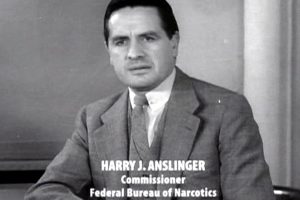
June 14, 1930: the Federal Bureau of Narcotics formed as an agency of the United States Department of the Treasury. It consolidated the functions of the Federal Narcotics Control Board and the Narcotic Division. Harry J. Anslinger was appointed its first commissioner. He had joined the Treasury Department in 1926 and by 1929 was Assistant Commissioner of Prohibition.
Harry Anslinger represented the most extreme reaction against cannabis use. He joined the Treasury Department in 1926 and by 1929 was Assistant Commissioner of Prohibition and promoted to the head of the Narcotics Bureau in 1930.
Probably no one did more to begin the criminalization of cannabis in the United States.
As part of his effort to propagandize the so-called evils of cannabis, Anslinger sought crime stories that he tied to cannabis use. These stories collectively became know as the “Gore Files.” He used these stories in his many public speeches regarding his perceived danger of cannabis.
He also erroneously but deliberately connected the etymologies of the words hashish and assassin.
There was, and remains, an undercurrent of racism when it came to the anti-marijuana campaign. Quotes attributable to Anslinger include:
- “Reefer makes darkies think they’re as good as white men.”
- “You smoke a joint and you’re likely to kill your brother.”
- “There are 100,000 total marijuana smokers in the U.S., and most are Negroes, Hispanics, Filipinos and entertainers. Their Satanic music, jazz and swing result from marijuana use.
- “This marijuana causes white women to seek sexual relations with Negroes, entertainers and any others.”
William Randolph Hearst
US border towns with Mexico passed the first laws against cannabis. William Randolph Hearst owned twenty-eight newspapers by the mid-1920s. He dropped the words cannabis and hemp from his newspapers and began a propaganda campaign against ‘marijuana.’
By 1933, cannabis had became the target of government control. Sensationalist stories linked violent acts to its consumption. Many of the most outlandish stories appeared Hearst’s newspapers. He reportedly had financial interests in the lumber and paper industries and may have sought to eliminate hemp competition.
The headline of a April 14, 1935 New York Times article read:
NEW MEXICO MOVES TO BAN MARIJUANA; State Finds Many Children Are Addicted to Weed — Narcotics Law Passed.
Marijuana Insanity
July 6, 1926: the New York Times published an article with the headline: Mexican Family Go Insane with the text below stating that “Five Said to Have Been Striken by Eating Marihuana.” Below the headline it read: “Mexican, Crazed by Marijunas, Runs Amuck With Butcher Knife.” Untrue connection.
Victor Lacata
October 16, 1933: Victor Licata used an ax to kill his family in Ybor City, Florida. The media reported the tragedy as the work of a “axe-murdering marijuana addict” thus proving that there was a link between cannabis, and crime.
Researchers have since found that marijuana was never mentioned in any of Licata’s psychiatric reports or considered a factor in the killings. Instead it was established that medical personnel had diagnosed him as mentally ill. There had been steps to incarcerate him before the murders.
Bellevue report
1934: Dr. Walter Bromberg, senior psychiatrist at Bellevue Hospital in New York, published the first in a series of articles about his examinations of cannabis users in New York. The article, entitled “Marihuana Intoxication”
His conclusions contradicted Anslinger’s views.
Cannabis Contrails
1937 Marijuana Tax Act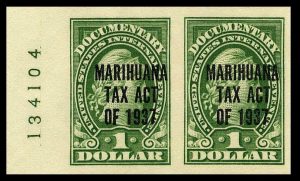
The Committee on Ways and Means had held hearings on the a proposed Marijuana Tax Act between 27 April and 4 May 1937.
The last witness to be heard was Dr. William C. Woodward, legislative counsel of the American Medical Association (AMA). He announced his opposition to the bill and sought to dispel any impression that either the AMA or enlightened medical opinion sponsored this legislation. Marijuana, he argued, was largely an unknown quantity, but might have important uses in medicine and psychology.
He stated: “There is nothing in the medicinal use of Cannabis that has any relation to Cannabis addiction. I use the word ‘Cannabis’ in preference to the word ‘marihuana’, because Cannabis is the correct term for describing the plant and its products. The term ‘marihuana’ is a mongrel word that has crept into this country over the Mexican border and has no general meaning, except as it relates to the use of Cannabis preparations for smoking..To say, however, as has been proposed here, that the use of the drug should be prevented by a prohibitive tax, loses sight of the fact that future investigation may show that there are substantial medical uses for Cannabis.”
The act passed and signed into law on August 2, 1937. It would go into effect on October 5. It is widely regarded as a major milestone in the U.S. policy of criminalizing drugs, which steadily escalated into President Nixon’s so-called War on Drugs in the 1970s.
The 1937 law was prompted in part by a national panic over the dangers of marijuana promulgated by propaganda as can be seen in the now famous 1936 film Reefer Madness
Wilson signs Act
August 2, 1937: President Wilson signed the Marihuana Tax Act. It placed an exorbitant tax on the sale of cannabis and limited those who could sell it. It went into effect October 1.
Samuel R. Caldwell
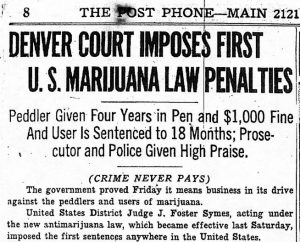
On October 2 the FBI and Denver, Colorado police raided the Lexington Hotel and arrested Samuel R. Caldwell, 58, an unemployed laborer and Moses Baca, 26.
On Oct. 5, Caldwell went into the history trivia books as the first marijuana seller convicted under new law.
He was sentenced to four years of hard labor in Leavenworth Penitentiary, plus a $1,000 fine. Baca received 18 months incarceration for possession. Both men served every day of their sentence. Caldwell died a year after his release.
Cannabis Contrails
Science Propagandized
Dr. James Munch
1938: Dr. James Munch [professor of physiology and pharmacology in the School of Pharmacology at Temple University was the U.S. government’s “official expert” on cannabis from 1938 to 1962.
A defense attorney called upon Dr. Munch, the expert witness who had testified for the Federal Bureau of Narcotics during the Marihuana Tax Act Hearings, to speak on his client’s behalf. It was during this trial that Dr. Munch “admitted” that he had experimented with marijuana on dogs and had—for purely scientific reasons—tried the drug himself.
When he was asked how marijuana affected him, Dr. Munch replied, still under oath, “After two puffs on a marijuana cigarette, I was turned into a bat.” Munch went on to state, “he flew around the room and down a 200-foot-deep inkwell.”
LaGuardia Report
In 1938, New York City Mayor Fiorello LaGuardia requested that the New York Academy of Medicine conduct an investigation of marijuana.
The 1944 report, titled “The Marihuana Problem in the City of New York,” but commonly referred to as the “LaGuardia Report,” concluded that many claims about the dangers of marijuana were exaggerated or untrue.
It read in part: “The practice of smoking marihuana does not lead to addiction in the medical sense of the word… The use of marihuana does not lead to morphine or heroin or cocaine addiction and no effort is made to create a market for these narcotics by stimulating the practice of marihuana smoking… Marihuana is not the determining factor in the commission of major crimes… The publicity concerning the catastrophic effects of marihuana smoking in New York City is unfounded.”
Anslinger fudges report
June 11, 1939: Harry Anslinger, commissioner of the U.S. Treasury Department’s Federal Bureau of Narcotics, sent out a survey to measure the danger of “Indian Hemp.”
Anslinger would deliberately skew the data to support his view that cannabis was dangerous, addictive, and promoted violence.
Cannabis Contrails
Continued demonizing
Removal
1942: Marijuana was removed from the US Pharmacopeia thus losing its remaining mantle of therapeutic legitimacy.”
Hollywood framed
On August 31, 1948, local Los Angeles and Federal narcotics officers raided the home of Lila Leeds, a 20-year-old actress. Marijuana was found. The agents arrested Leeds and three others, including 31-year-old film star Robert Mitchum.
There is some reason to believe that Mitchum’s arrest was less than fair and designed to bring publicity to the Los Angeles Police Department’s anti-drug efforts. Although high-priced studio lawyers questioned irregularities in the case, it was later agreed that Mitchum would accept 60 days in jail and several years’ probation
On February 25, 1949, Mitchum was released from a Los Angeles County prison farm after spending the final week of his two-month sentence for marijuana possession there.
The conviction was later overturned by the Los Angeles court and District Attorney’s office on January 31, 1951, with the following statement, after it was exposed as a set-up:
“After an exhaustive investigation of the evidence and testimony presented at the trial, the court orders that the verdict of guilty be set aside and that a plea of not guilty be entered and that the information or complaint be dismissed.”
When reporters asked him what jail was like, Mitchum replied, ”It’s just like Palm Springs without the riffraff.”
Dr Harris Isbell
1951: Dr Harris Isbell, director of research at the Public Health Service Hospital in Lexington, Ky., disputed the insanity, crime and addiction theories, telling Congress that “smoking marijuana has no unpleasant aftereffects, no dependence is developed on the drug, and the practice can easily be stopped at any time.”
Despite Dr. Isbell’s testimony, Congress ratcheted up penalties on users.
Boggs Act of 1951
November 2, 1951: President Harry Truman signed the Boggs Act of 1951. It set mandatory sentences for drug convictions. A first offense conviction for marijuana possession carried a minimum sentence of 2 to 10 years and a fine of up to $20,000.
March 30, 1961: The Single Convention on Narcotic Drugs of 1961 signed. It is an international treaty to prohibit production and supply of specific (nominally narcotic) drugs and of drugs with similar effects except under licence for specific purposes, such as medical treatment and research.
The document included updating the Paris Convention of 13 July 1931 to include the vast number of synthetic opioids invented in the intervening thirty years and a mechanism for more easily including new ones. Earlier treaties had only controlled opium, coca, and derivatives such as morphine, heroin and cocaine. The Single Convention consolidated those treaties and broadened their scope to include cannabis and drugs whose effects are similar to those of the drugs specified.
United Nations joins in
In 1961, the United Nations held the Single Convention on Narcotic Drugs. The Convention “aim[ed] to combat drug abuse by coordinated international action. There are two forms of intervention and control that work together. First, it seeks to limit the possession, use, trade in, distribution, import, export, manufacture and production of drugs exclusively to medical and scientific purposes. Second, it combats drug trafficking through international cooperation to deter and discourage drug traffickers.”
It created a schedule to group drugs.
Cannabis was included in the lengthy list of drugs.
Cannabis Contrails
War On Drugs and Cannabis Fights Back
Nixon
April 8, 1968: President Johnson established the Bureau of Narcotics and Dangerous Drugs.
Leary v US
May 19, 1969: Leary v. United States, the U.S. Supreme Court dealt with the constitutionality of the Marihuana Tax Act of 1937. Timothy Leary had been arrested for the possession of marijuana in violation of the Act. Leary challenged the act on the ground that the it required self-incrimination, which violated the Fifth Amendment. The unanimous opinion of the court–penned by Justice John Marshall Harlan II–declared the Marihuana Tax Act unconstitutional.
NORML
In 1970: The National Organization for the Reform of Marijuana Laws [NORML] founded as a nonprofit public-interest advocacy group whose mission was and is to end marijuana prohibition.
Controlled Substances Act
May 1, 1971: the Controlled Substances Act went into effect. The legislation created five schedules (classifications), with varying qualifications for a substance to be included in each.
| Potential for Abuse | Accepted Medical Use? | Potential for Addiction | |
| Schedule I | High | None | Drug is not safe to use, even under medical supervision |
| Schedule II | High | Yes; sometimes allowed only with “severe restrictions” |
Abusing the drug can cause severe physical and mental addiction |
| Schedule III | Medium[a] | Yes | Abusing the drug can cause severe mental addiction, or moderate physical addiction |
| Schedule IV | Low[b] | Yes | Abusing the drug may lead to mild mental or physical addiction |
| Schedule V | Lowest[c] | Yes | Abusing the drug may lead to mild mental or physical addiction |
Cannabis was a Schedule I drug.
Drug Schedules
The Comprehensive Drug Abuse Prevention and Control Act of 1970 became effective on October 27, 1970. The act classified controlled substances into five schedules.
Schedule I Controlled Substances: substances in this schedule have no currently accepted medical use in the United States, a lack of accepted safety for use under medical supervision, and a high potential for abuse.
Some examples of substances are: heroin, lysergic acid diethylamide (LSD), marijuana (cannabis), peyote, methaqualone, and 3,4-methylenedioxymethamphetamine (“Ecstasy”). (see Schedules for the other four)
May Nixon
May 1, 1971: in a televised news conference responding to question about the White House Conference on Youth, which had voted to legalize marijuana, President Nixon said: “As you know, there is a Commission that is supposed to make recommendations to me about this subject; in this instance, however, I have such strong views that I will express them. I am against legalizing marijuana. Even if the Commission does recommend that it be legalized, I will not follow that recommendation… I can see no social or moral justification whatever for legalizing marijuana. I think it would be exactly the wrong step. It would simply encourage more and more of our young people to start down the long, dismal road that leads to hard drugs and eventually self-destruction.”
June Nixon
June 17, 1971: President Nixon said: “America’s public enemy number one in the United States is drug abuse. In order to fight and defeat this enemy, it is necessary to wage a new, all-out offensive.
I have asked the Congress to provide the legislative authority and the funds to fuel this kind of an offensive. This will be a worldwide offensive dealing with the problems of sources of supply, as well as Americans who may be stationed abroad, wherever they are in the world…
I have brought Dr. Jerome H. Jaffe into the White House, directly reporting to me as Special Consultant to the President for Narcotics and Dangerous Drugs], so that we have not only the responsibility but the authority to see that we wage this offensive effectively and in a coordinated way.”
Commission report ignored
March 22, 1972: President Nixon had created the National Commission on Marihuana and Drug Abuse.
On this date, the commission issued a report on its findings. It called for the decriminalization of marijuana possession in the United States. The White House ignored the report.
DEA formed
In 1973: The Bureau of Narcotics and Dangerous Drugs (BNND) and the Office of Drug Abuse Law Enforcement (ODALE) merged to form the US Drug Enforcement Agency (DEA). John R. Bartels Jr. was confirmed as the DEA’s first Administrator on 4 October 1973
Cannabis Contrails Continued follows this chronology into the late 20th and early 21st centuries. And Cannabis Acceptance Continues follows it.
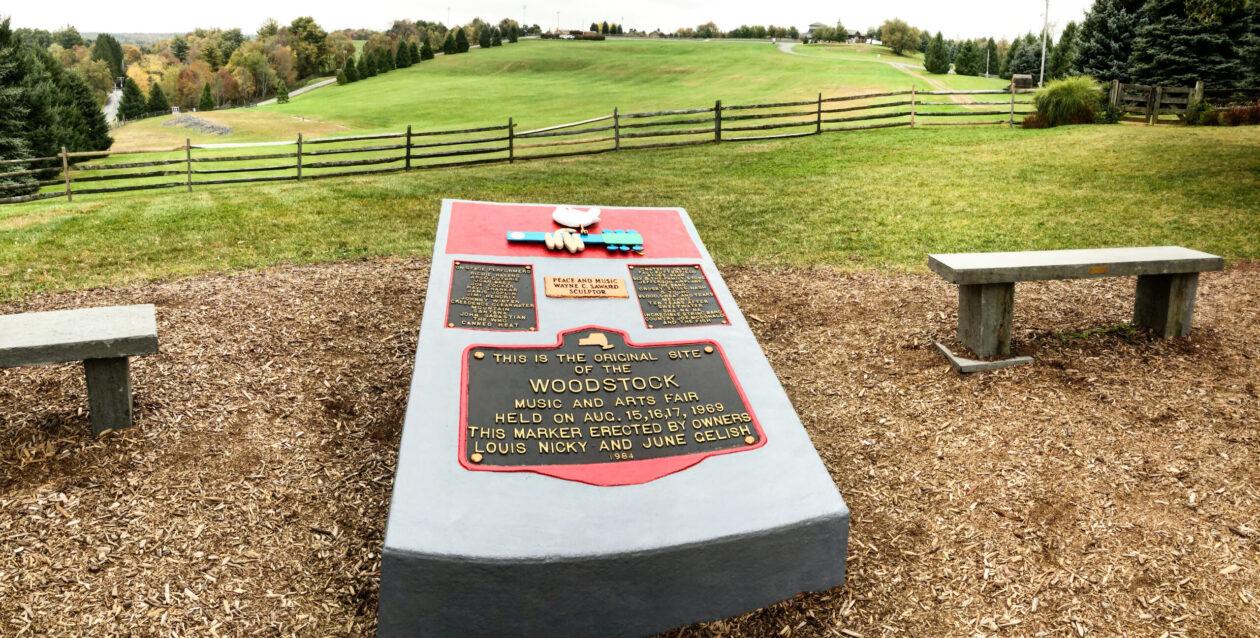
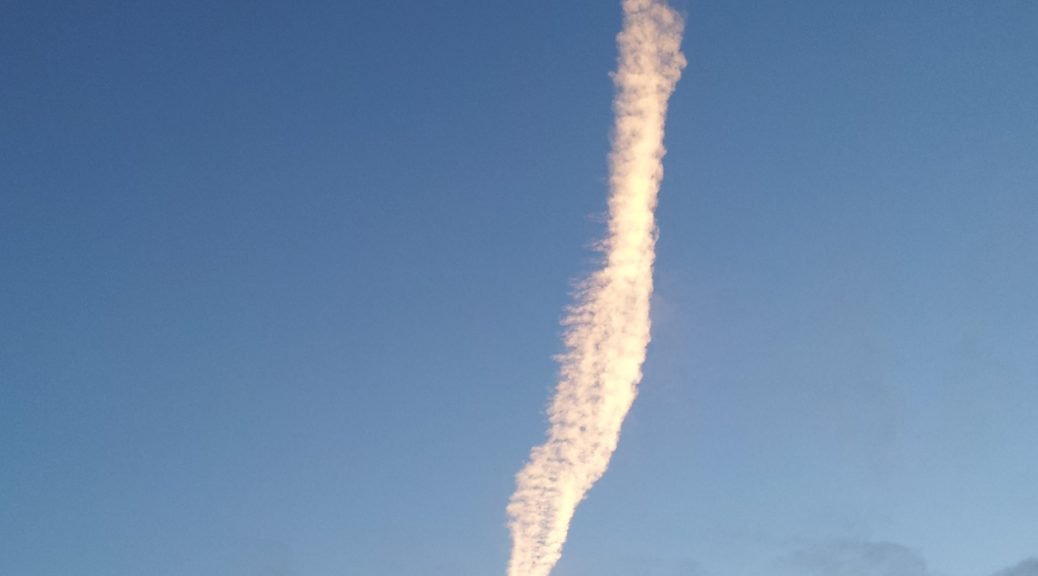
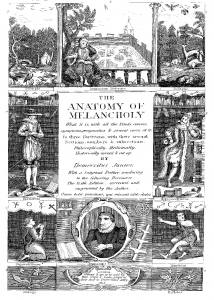
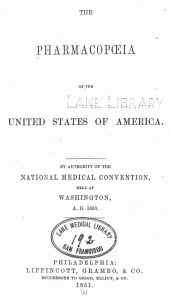
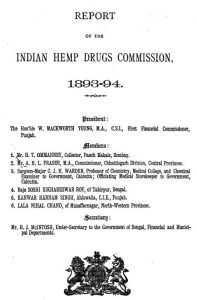
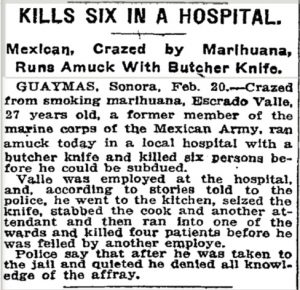
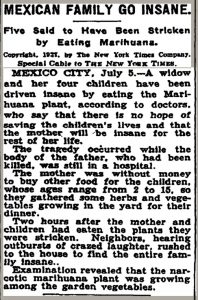
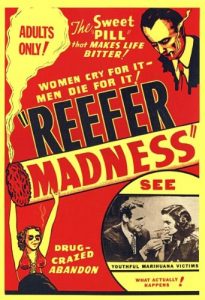
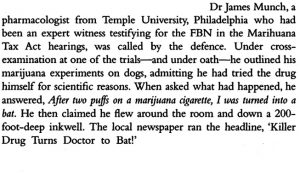
Jim, if you haven’t heard of this. This particular book is by far the greatest book on this subject. He goes into great depth on how the DEA originated and offers some solutions to a problem that has been augmented by our government and he does so without talking sides. He also sites many different facts that are to me at awe striking.
Really makes it clear, then when you add in that it is our government that is running the worldwide sake of heavy drugs you really begin to understand where we stand.
The book is called “Chasing The Scream” by Johann Hari.
If you haven’t heard of this I recommend getting a copy, I think you’ll really like it.
Paul Dittmer
Thanks